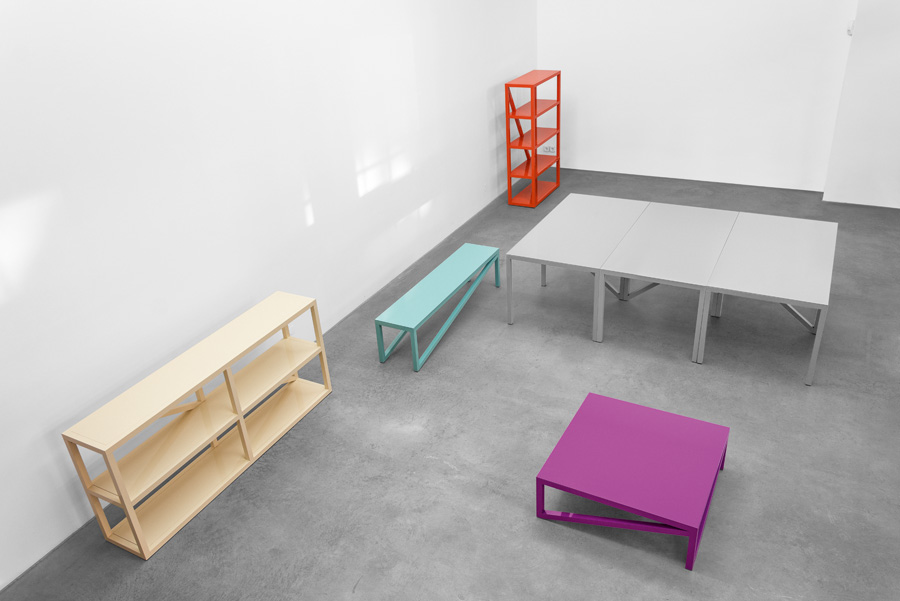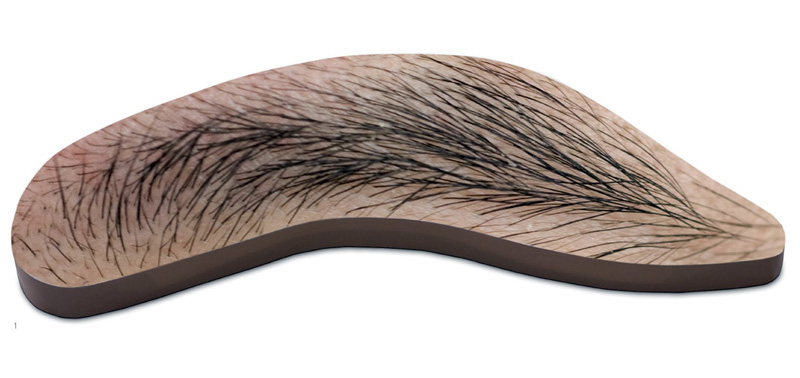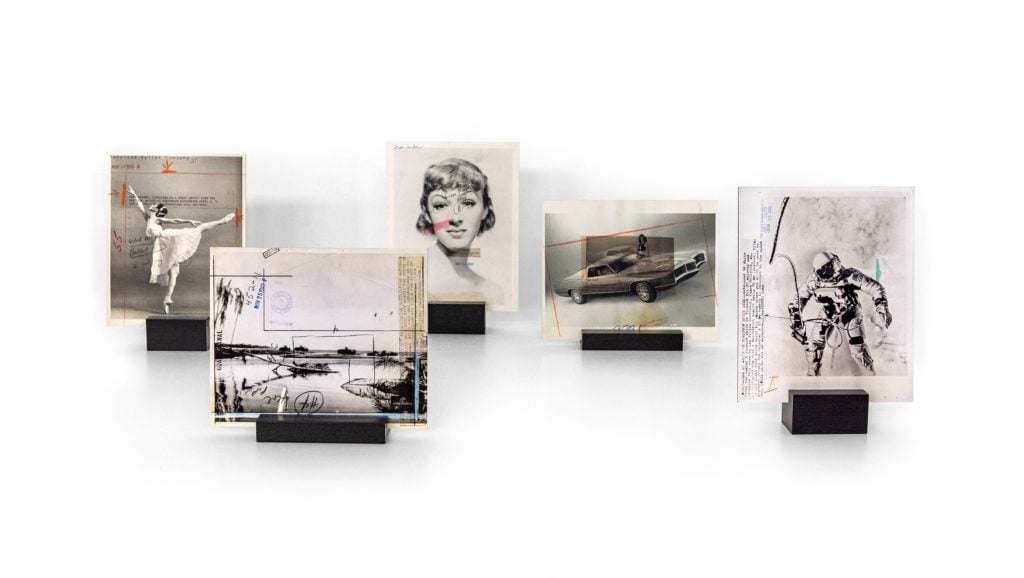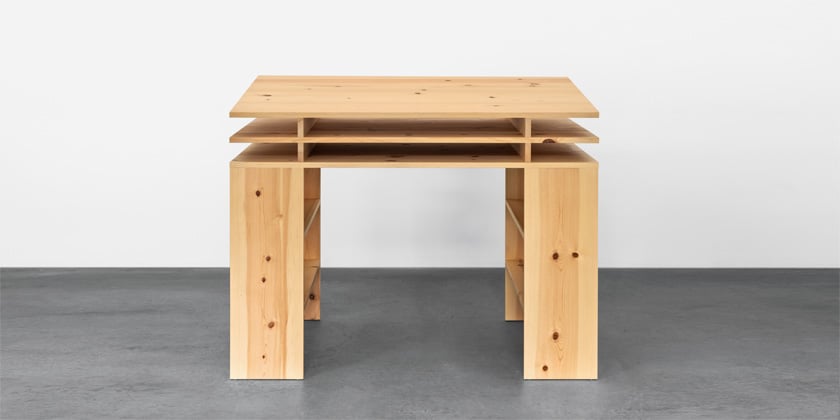At 50 Years Old, the German Publishing Company Edition Schellmann May Be Primed for Its Biggest Year Yet


Artnet Gallery Network

We often think of Minimalism as having a flawless, machine-made aesthetic, but we rarely think about the machinery itself. The Munich-based company Edition Schellmann, which is both a publisher and fabricator of prints, objects, and installations, does just that, however. And it has counted many of the 20th century’s most influential artists among its clientele, including Joseph Beuys (the first artist to collaborate with Schellman), Andy Warhol, Christo, and Donald Judd.
Jörg Schellmann founded Edition Schellmann 50 years ago. In that time, the company has become one of the premier publishers of its kind in Europe, first working primarily with conceptual and Minimalist artists, and then expanding it repertoire to include artists of all kinds. Many of the world’s biggest art institutions have taken note: Schellmann was the subject of a 20-year retrospective at MoMA in 1989, it designed editions for documenta X and documenta 11 in the mid-1990s, and produced works for the Venice Biennale in 2003 and 2005.
Schellmann’s newest project is a testament to this sustained success. Partnering with Thomas Ruff, with whom the company has collaborated since the late 1980s, Schellmann produced a new portfolio called press++. It features archival media photographs from American newspapers, each printed on aluminum and mounted on individual black wooden platforms. Ruff digitally combined both the front and back of the source imagery, providing a behind-the-scenes look at the formal decisions—cropping, printing notes—that went into the final image.

John Baldessari, Eyebrow (2009). Courtesy of Schellmann Art.
“In our media society, we don’t just use photos,” Schellmann says. “We change and manipulate them, we Photoshop them and reinterpret them—we use them in our own way. This what Ruff’s series is about.” The body of work debuted last fall at David Zwirner’s London location, and is on view now at Krakow Witkin Gallery in Boston.
But the company is more than just a publishing house. In 2008, Schellmann launched an extension of the business dedicated to publishing furniture designed by artists. Now going on its 11th year, Schellmann furniture has produced limited-edition works by Damien Hirst, Donald Judd, Ai Weiwei, and Rachel Whiteread, among others.

Works from Thomas Ruff’s series press++ (2018). Courtesy of Schellmann Art.
The furniture arm has also served as an outlet for Schellmann himself. Drawing inspiration from both mid-century conceptual art and industrial design, he has produced “thirty to forty” of his own furniture designs, including tables, seats, lights, and flat files.
“Art is not designed to respect any requirements of practicality,” Schellman says. “Artists don’t care about the practical; they care about formal aspects. When it comes to furniture design, you have to respond to the functional aspects. There’s always a tension between those two aspects, and each artist answers the question in a different way. In my case, the first approach to a piece of furniture is what purpose is it made for, what does it offer in terms of use. Each piece of my furniture offers a specific utilitarian purpose. And then comes the form, which in my case is important, but only if it fulfills the function.”

Jörg Schellmann, Conduit Sofa (2014).
While the name Schellmann might still be best known for its editioned artworks, the company is starting to become just as established in the European design world. And 2019 might just be its biggest year yet. In honor of the 100-year anniversary of the Bauhaus in Germany, Schellmann Furniture is partnering with a major European design company (as yet unannounced) to create a series of Bauhaus inspired pieces designed by artists.

Donald Judd, Standing Writing Desk (1984). Courtesy of Schellmann Art.
See all of Schellmann’s output of art and furniture here.